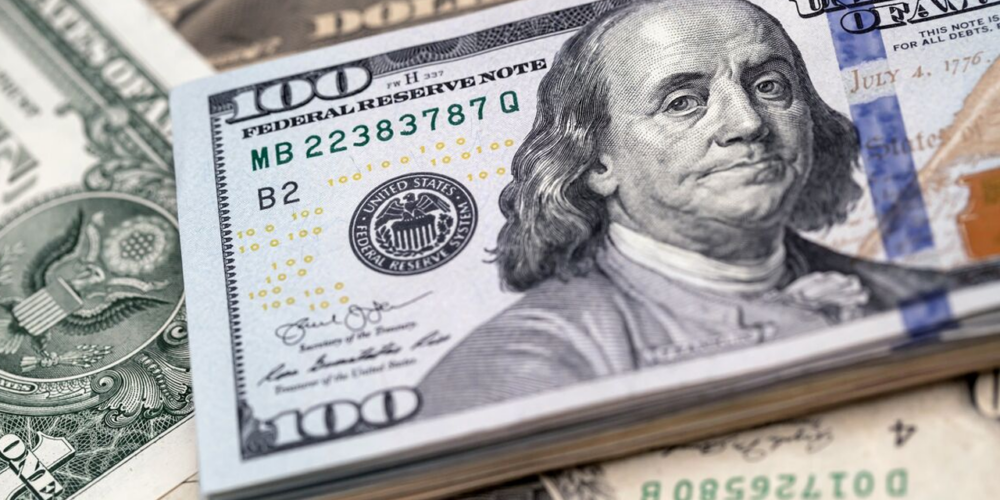A recent article in Socialist Voice – entitled “Multipolarity and US Hegemony” – suggests that U.S. imperialism drives dollar dominance and that the dollar can only weaken by the political actions of countries like China. However, the risk to dollar dominance is unlikely to be determined in the last instance by the actions of foreign states. Rather internal class conflict and contradictions within American capitalism – exhibited between the state, industrial producers and financial capitalists – will probably prove more decisive.
External factors are important, of course. China uses American demand (the world’s largest economy) to maintain their domestic patterns of growth. Indeed, the U.S. economy’s capacity to run continuing deficits in trade reinforces the role of the dollar as the world’s dominant currency. Such deficits also benefit the countries like China. Indeed, China is stuck between a rock and a hard place regarding the dollar. One principal reason foreigners use the dollar is that the United States has easily accessible financial markets, and there are – unlike, say, China – no controls over foreign investors. For China to compete with the dollar, it would at least be required to offer those same advantages to foreigners. How likely is China to cede control of money flows in and out of the country and its balance of payments? Doing so would limit China’s ability to control credit and financial liabilities – an improbable scenario given that the Chinese elite legitimises their rule on stability and growth.
After decades of marketisation – China is, after all, a country where private firms contribute approximately 60% of GDP, 80% of urban employment and 90% of new jobs (Source: State Council Information Office, People’s Republic of China, 2022) and it now has one of the highest levels of income inequality in the world. High-income inequality reduces national consumption (weakens domestic demand) and results in excess savings. With relatively weak domestic demand, economies like China require large, persistent trade surpluses to settle the excess production that drives their economy. Surplus economies like China get foreign assets in exchange for their surpluses. That is where the United States helps China. A country can only import net foreign savings by exporting ownership of assets, and the United States financial markets allow the Chinese unfettered access to local assets.
Indeed, if the United States attempted to reduce its trade deficit, it would cause enormous disruption in global capital flows and seriously destabilise countries like China. China benefits from foreign demand – driven by the dollar – with a rising share of global manufacturing and the accumulation of foreign assets. But this rising share on the part of China comes at the expense of the declining share of global manufacturing for deficit-running countries like the United States. Thus, any actions by China to break from dollar dominance will likely be partial and unsuccessful without sizeable and disruptive changes within its political and economic structures.
Instead, the possible source of dollar decline will likely originate from internal pressures within the United States. Wall Street and Washington hawks gain from dollar dominance, but it comes at a substantial and, in the long run, unsustainable cost to American producers and workers. The economic malaise reflects the American political class’s current chaotic and divided state. The present scenario of ongoing trade deficits cannot sustain as America’s real economic value declines. It will not be economically capable of maintaining its burden as the global reserve currency, probably resulting in a fall in dollar credibility and global economic and financial crises of varying magnitudes at some point in the future. The lesson for Communists in all this: be wary of embracing ‘campist’ economics which appear to be based on simplistic understandings of global trade and financial capital flows.






